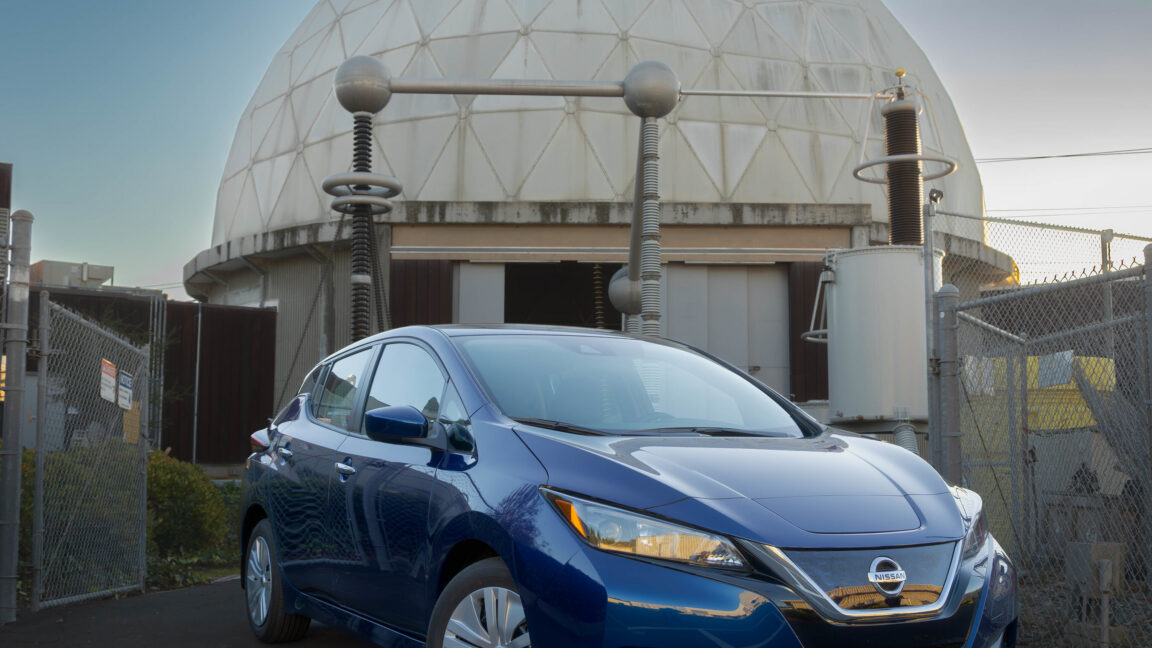
"Not everything about the future sucks. Like electric cars. Sure, there's one thing that dinosaur-burners do better-short refueling stops-but even the least efficient EV is still multiple times better than its gas equivalent. So much better in fact that it offsets all the extra energy needed to make the battery within a year or two. They're quieter, and easy to drive. And in a pinch, they can power your house from the garage. Or how about an airport?"
"The microgrid has been operating since 2021 with a 2.2 MW solar array, 8.9 MWh of battery storage, and a 300 KW net-metered solar system. It can feed excess power back into PG&E's local grid and draw power from the same, but in an outage, the microgrid can keep the airport up and operational. Turning over an old leaf One of the Leafs (from model year 2021) was bought by the Humboldt County Aviation Division, the other is a model year 2020 provided by Nissan."
Electric vehicles offer greater overall efficiency, quieter operation, and the ability to power homes or facilities during outages. A Redwood Coast Airport microgrid in Humboldt County operates with a 2.2 MW solar array, 8.9 MWh of battery storage, and a 300 KW net-metered solar system. The microgrid can export excess power to PG&E's local grid and draw from it, and can island to keep airport operations running during outages. Two Nissan Leafs have been integrated for bidirectional charging and vehicle-to-grid capability, with one vehicle purchased by the county and one provided by Nissan.
Read at Ars Technica
Unable to calculate read time
Collection
[
|
...
]